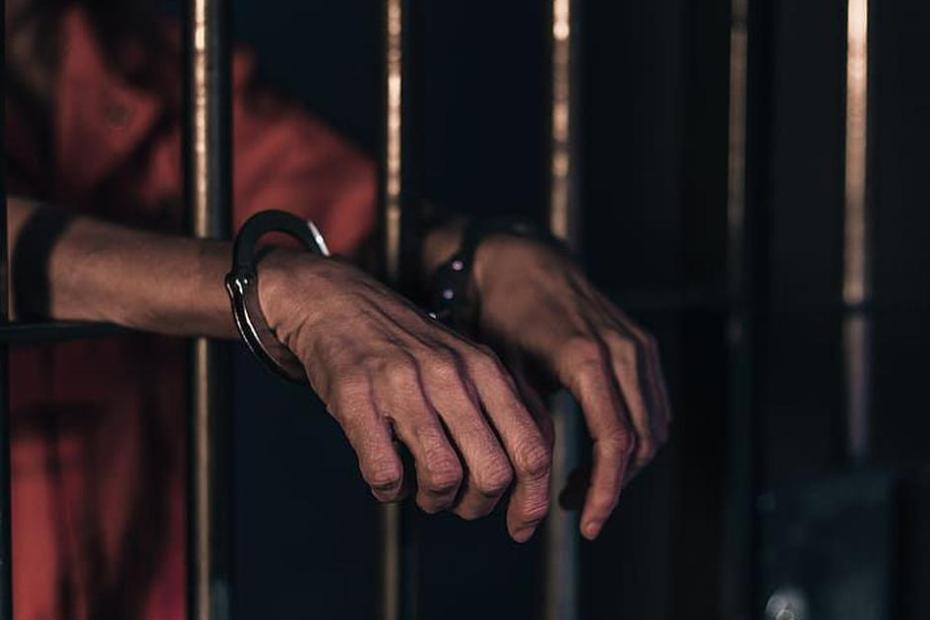- Courses
- GS Full Course 1 Year
- GS Full Course 2 Year
- GS Full Course 3 Year
- GS Full Course Till Selection
- Answer Alpha: Mains 2025 Mentorship
- MEP (Mains Enrichment Programme) Data, Facts
- Essay Target – 150+ Marks
- Online Program
- GS Recorded Course
- Polity
- Geography
- Economy
- Ancient, Medieval and Art & Culture AMAC
- Modern India, Post Independence & World History
- Environment
- Governance
- Science & Technology
- International Relations and Internal Security
- Disaster Management
- Ethics
- NCERT Current Affairs
- Indian Society and Social Issue
- NCERT- Science and Technology
- NCERT - Geography
- NCERT - Ancient History
- NCERT- World History
- NCERT Modern History
- CSAT
- 5 LAYERED ARJUNA Mentorship
- Public Administration Optional
- ABOUT US
- OUR TOPPERS
- TEST SERIES
- FREE STUDY MATERIAL
- VIDEOS
- CONTACT US
PLACES IN NEWS 29th MARCH 2025
PLACES IN NEWS 29th MARCH 2025
29-03-2025
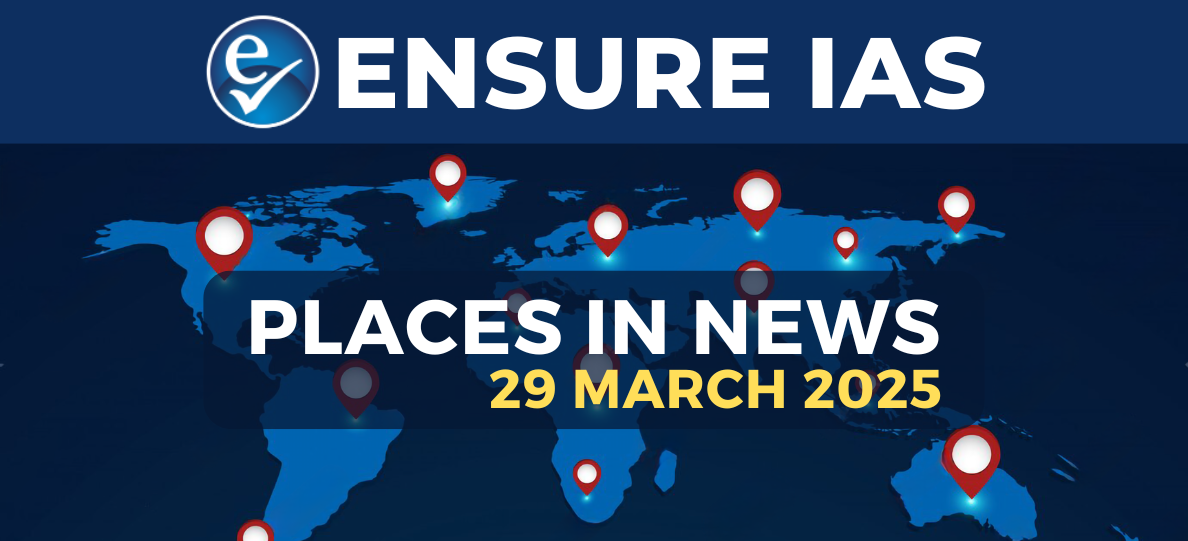
Mount Kenya
Why in news?
- Climate change is swiftly speeding up glacier melt on Mount Kenya, Africa’s second-highest peak after Kilimanjaro, posing environmental concerns.
About Mount Kenya:
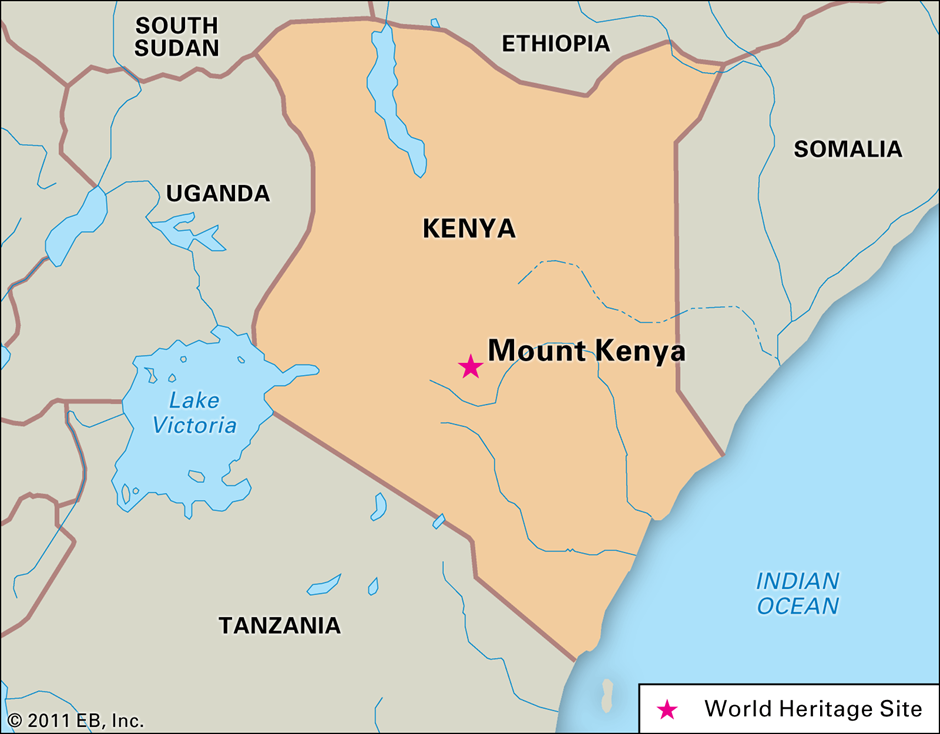
- Mount Kenya is located in central Kenya, just south of the Equator. It is the second-highest mountain in Africa, after Mount Kilimanjaro.
- The highest peak, Batian, reaches 5,199 metres (17,058 feet), followed by Nelion (5,188 metres) and Point Lenana (4,985 metres).
- It is an extinct stratovolcano that last erupted over 3 million years ago and has undergone significant erosion over time.
- Recognised as a UNESCO World Heritage Site in 1997, Mount Kenya is known for its ecological and cultural significance, supporting unique alpine flora and fauna.
- The mountain is home to some of Africa’s last tropical glaciers, including the Lewis Glacier and Tyndall Glacier, which are rapidly shrinking due to climate change.
- The Lewis Glacier has lost 90% of its volume between 1934 and 2010, as reported by a 2011 study from the University of Innsbruck.
- A 2023 satellite study revealed that only 4.2% of the ice observed in 1900 remains today.
- Scientists predict that Mount Kenya may become entirely ice-free by 2030.
- The mountain’s glacial retreat highlights the severe impact of climate change, threatening its unique ecosystem and water resources for surrounding communities.
Debrigarh Wildlife Sanctuary
Why in news?
- Debrigarh Wildlife Sanctuary organized the first-ever ‘Indian Bison Fest’ to raise awareness about its conservation needs and ecological importance.
About Debrigarh Wildlife Sanctuary:
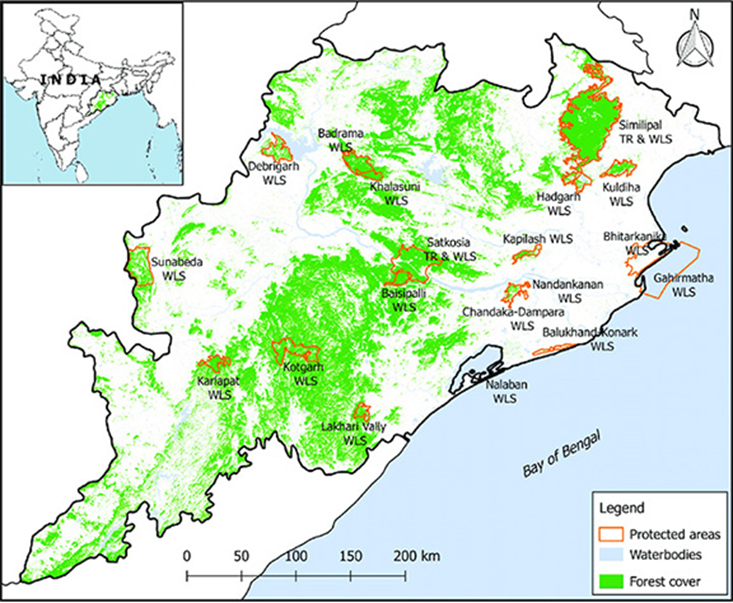
- Debrigarh Wildlife Sanctuary is located in Bargarh district, Odisha, near the Hirakud Dam on the Mahanadi River.
- It holds historical significance, as Veer Surendra Sai, a renowned freedom fighter, used Barapathara within the sanctuary as his base during his rebellion against British rule.
- Declared a wildlife sanctuary in 1985, it features dry deciduous mixed forests with prominent trees like Sal, Asana, Bija, Aanla, and Dhaura.
- The sanctuary is home to a diverse range of fauna, including tigers, leopards, sloth bears, hyenas, spotted deer, antelopes, sambar, nilgai, langurs, and the Indian bison (gaur).
- The Hirakud Reservoir, formed by the Mahanadi River, flows along its eastern boundary, enhancing the region’s ecological importance.
About Indian Bison:
- The Indian bison (gaur) is one of the largest extant bovines, reaching a shoulder height of up to 220 cm. It inhabits forested hills and grassy areas across South and Southeast Asia.
- Globally, the gaur population is estimated to be between 13,000 and 30,000, with India hosting around 85% of them.
- It is also found in Burma and Thailand, with significant populations in the Western Ghats, particularly in the Wayanad–Nagarhole–Mudumalai–Bandipur complex.
- The gaur is the state animal of Goa and Bihar.
- Despite its robust presence, the Indian bison faces multiple conservation threats, including habitat loss, poaching, and human-wildlife conflict.
- Conservation efforts categorise it as Vulnerable (IUCN Red List), Appendix I (CITES), and Schedule I (Wildlife Protection Act, 1972), ensuring the highest legal protection in India.
- Initiatives like the ‘Indian Bison Fest’ at Debrigarh Wildlife Sanctuary aim to promote awareness and safeguard this species and its habitat.
Serbia-Kosovo
Why in news?
- Kenya's recognition of Kosovo's independence marks the first such move in five years, impacting the Serbia-Kosovo conflict, where Serbia rejects Kosovo’s 2008 secession.
About Serbia-Kosovo:
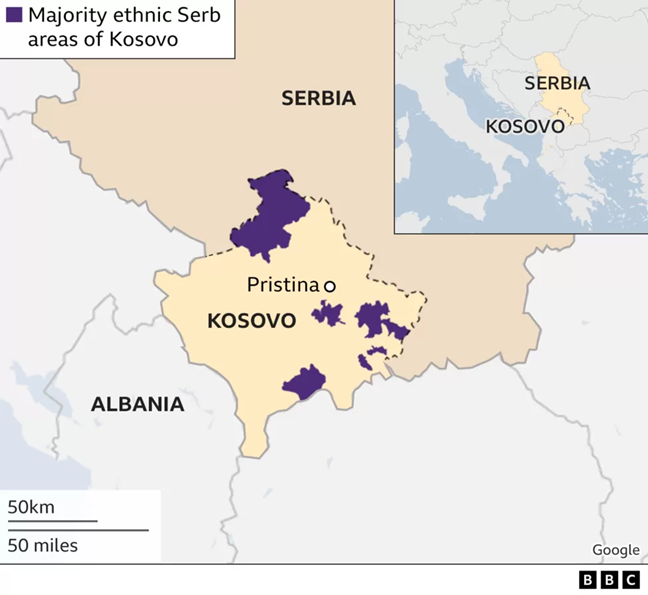
- Location:
- Serbia is a landlocked country in the Balkans, bordered by Hungary to the north, Romania and Bulgaria to the east, North Macedonia to the south, and Montenegro, Bosnia and Herzegovina, and Croatia to the west.
- Kosovo is a disputed territory in the central Balkans, bordering Serbia, Montenegro, Albania, and North Macedonia. It declared independence from Serbia in 2008, which Serbia does not recognise.
- Origin of Conflict:
- Historical Roots: The Serbia-Kosovo conflict dates back to the mediaeval era, when Kosovo was a significant centre for Serbian Orthodox Christianity. After the Ottoman conquest in the 14th century, Kosovo’s demographic and cultural landscape changed, with a growing Albanian Muslim population.
- Yugoslav Era: In the 20th century, Kosovo remained part of Serbia within Yugoslavia, enjoying autonomous status under Tito’s rule. However, tensions rose as Serbs and Albanians clashed over political and ethnic dominance.
- Breakup of Yugoslavia (1990s): With Yugoslavia’s disintegration, Kosovo’s ethnic Albanian majority demanded independence, which was strongly opposed by Serbia. The Kosovo Liberation Army (KLA) emerged, seeking independence, leading to violent clashes with Serbian forces.
- NATO Intervention (1999): The Kosovo War (1998-1999) saw mass human rights violations, including ethnic cleansing of Albanians by Serbian forces. In 1999, NATO launched airstrikes against Serbia, forcing it to withdraw troops from Kosovo. The region then came under UN administration.
- Unilateral Declaration of Independence (2008): Kosovo declared independence, which Serbia, Russia, and China refused to recognise, while the U.S., the U.K., and most of the EU acknowledged Kosovo as a sovereign state.
- Regions Associated with the Conflict:
- Northern Kosovo: Dominated by Serb communities, this region remains a flashpoint for unrest, resisting integration into Kosovo’s governance.
- Mitrovica: A divided city, where the Ibar River separates ethnic Albanians (south) and Serbs (north), often witnessing clashes and protests.
- Preševo Valley (Serbia): A region with a large Albanian population, occasionally demanding greater autonomy or even union with Kosovo.
- Serbia’s Enclaves in Kosovo: Various Serbian-majority areas exist within Kosovo, relying on Serbia for political and financial support.
- Recent Updates:
- Tensions in Northern Kosovo: In 2023, violent clashes erupted between Kosovar authorities and ethnic Serbs, leading to EU-brokered peace talks.
- Recognition and Diplomatic Struggles: Kenya recognised Kosovo’s independence (2025), the first such recognition in five years, further straining Serbia’s diplomatic efforts to block Kosovo’s global recognition.
- EU and U.S. Mediation: Ongoing negotiations focus on the Brussels Agreement (2013) and Ohrid Agreement (2023) to normalise Serbia-Kosovo relations, but disputes over Kosovo Serb autonomy remain unresolved.
- Russia’s Role: Russia, a key Serbian ally, opposes Kosovo’s UN membership, while the West supports Kosovo’s integration into global institutions.
Nepal
Why in news?
- Pro-monarchists in Nepal clashed with police, demanding the restoration of monarchy, leading to violence, two deaths, and army deployment.
About Nepal:
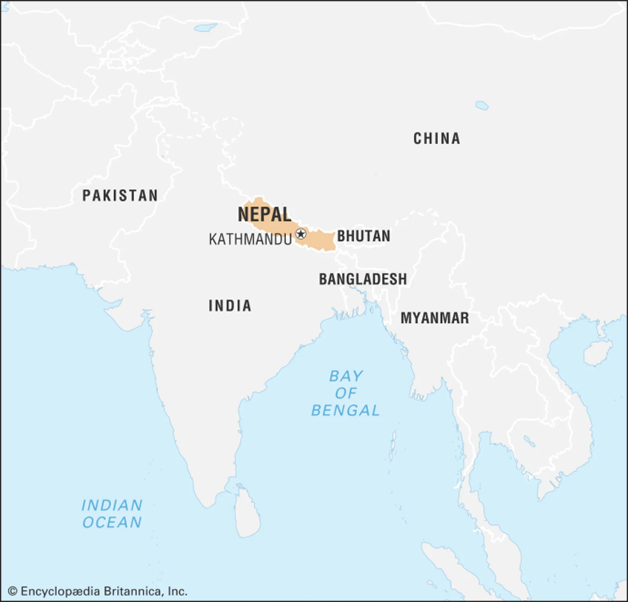
- Location and Geography:
- Nepal is a landlocked country in South Asia, bordered by China (Tibet) to the north and India to the east, west, and south.
- It lies along the Himalayan range, home to Mount Everest (8,849 m), the world's highest peak.
- The terrain varies from lowland Terai plains to mid-hill regions and snow-covered mountains, shaping its climate, culture, and economy.
- Existing Political Status and Early Monarchy Rule:
- Nepal was an absolute monarchy for centuries, ruled by the Shah dynasty since 1768, when Prithvi Narayan Shah unified small kingdoms.
- The monarchy held complete power until 1990, when a pro-democracy movement led to a constitutional monarchy with a multiparty system.
- In 2001, the Nepalese royal massacre killed King Birendra and his family, leading to the rise of King Gyanendra, who later dissolved parliament and took control in 2005.
- Following mass protests (2006 People's Movement), Gyanendra was dethroned, and Nepal became a republic in 2008, transitioning to a secular, federal parliamentary democracy.
- Reason Behind the Demand for Monarchy Restoration:
- Political Instability: Nepal has seen frequent government changes, weak governance, and corruption, leading to public frustration.
- Madhesi and Ethnic Issues: Various ethnic groups feel under-represented under the new system, sparking regional tensions.
- Economic Struggles: High unemployment, inflation, and dependence on remittances have worsened living conditions, leading some to believe a monarchy could bring stability.
- Hindu Nationalism: A section of Nepalese society, influenced by cultural ties with India, advocates for restoring Nepal as a Hindu kingdom, aligning with traditional values.
- Foreign Influence Concerns: Some citizens perceive that India and Western countries have excessive influence in Nepal’s politics, fuelling support for a strong monarchy.
- Impact on India if Monarchy is Restored:
- Geopolitical Shift: A pro-monarchy government may tilt towards China, affecting India’s strategic interests in Nepal.
- Border Security Issues: Any political unrest in Nepal could lead to increased cross-border migration, affecting security in Uttar Pradesh, Bihar, and West Bengal.
- Hydropower and Trade Agreements: India has several hydropower projects and trade agreements with Nepal. A shift in governance could alter these ties, leading to policy uncertainties.
- China’s Role: If the monarchy seeks closer ties with China, India may face diplomatic challenges in maintaining its influence in Nepal.
Rameswaram
Why in news?
- PM Modi will inaugurate India’s first vertical lift sea bridge in Rameswaram, enhancing rail connectivity to Pamban Island, on Ram Navami.
About Rameswaram:
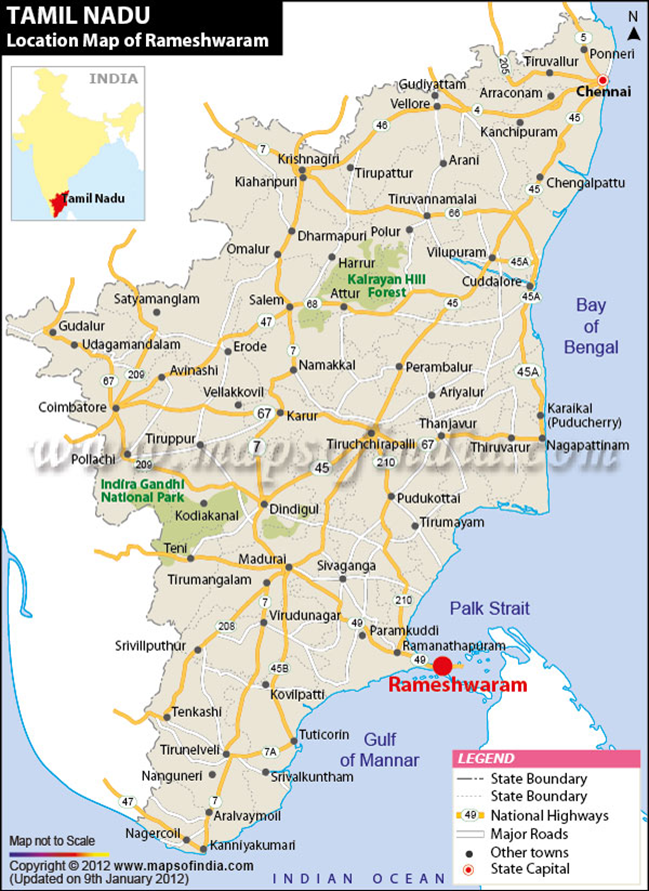
- Location:
- Rameswaram is a coastal town in Tamil Nadu, situated on Pamban Island, separated from mainland India by the Palk Strait.
- It is near the Sri Lankan coast, making it a strategic and religiously significant location. The Pamban Bridge connects it to the mainland.
- Cultural and Religious Importance:
- Rameswaram is one of the holiest Hindu pilgrimage sites, associated with the Ramayana. It is believed that Lord Rama built the Ram Setu (Adam’s Bridge) from Rameswaram to Sri Lanka to rescue Devi Sita from Ravana.
- The Ramanathaswamy Temple is the main spiritual attraction. It is dedicated to Lord Shiva and houses one of the twelve Jyotirlingas. The temple is famous for its intricate Dravidian architecture, massive corridors, and sacred water tanks (theerthams) where devotees take ritual baths.
- Rameswaram is part of the Char Dham pilgrimage, alongside Badrinath, Puri, and Dwarka, making it one of the most sacred Hindu destinations.
- Details About the Vertical Lift Sea Bridge:
- The New Pamban Bridge, India’s first vertical lift sea bridge, is being inaugurated by PM Modi on Ram Navami.
- It replaces the old Pamban rail bridge, which was India’s first sea bridge (opened in 1914) and had a manual Scherzer rolling lift mechanism.
- The new vertical lift bridge is 2.07 km long and designed to automatically lift up to allow ships and boats to pass beneath it.
- It is equipped with modern electromechanical control systems for efficient operation, improving rail connectivity between Rameswaram and mainland Tamil Nadu.
- The bridge enhances transportation for pilgrims, tourists, and local communities, boosting religious tourism and trade in the region.
Cook Islands
Why in news?
- Scientists discovered an underwater volcanic hotspot chain near the Cook Islands, revealing hidden tectonic activity and potential geological significance.
About Cook Islands:
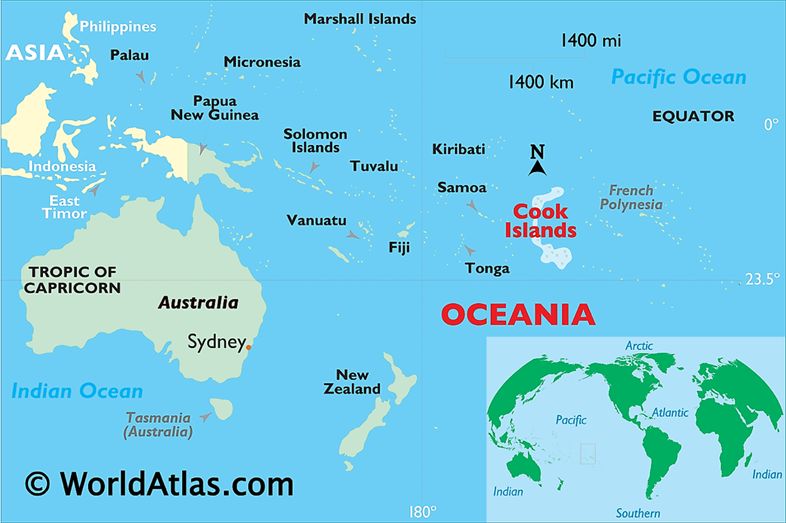
- Location:
- The Cook Islands are an archipelago of 15 islands in the South Pacific Ocean, situated between French Polynesia and American Samoa.
- They are located about 4,700 km (2,900 miles) south of Hawaii, spread over a vast oceanic region but covering only a small land area.
- Hotspot Volcanism Under the Sea of Cook Islands:
- Researchers mapping the seafloor near the Cook Islands discovered a previously unknown volcanic hotspot chain beneath the ocean.
- This hotspot volcanism is similar to the Hawaiian Islands' formation, where the Pacific tectonic plate moves over a stationary magma source in the Earth’s mantle, creating volcanic islands over millions of years.
- The seabed of the Cook Islands is mostly made of undersea volcanic rocks. The newly mapped landscape includes hills, valleys, and plains, with some volcanoes appearing younger and possibly still active.
- Islands like Rarotonga and Aitutaki contain both ancient and younger volcanic rocks, with Rarotonga’s lava deposits as recent as 1.2 million years old. This explains why it has larger mountains compared to other islands, as erosion has had less time to wear them down.
- Impact of Such Discovery:
- Geological Significance: The mapping of volcanic structures helps scientists understand the evolution of oceanic islands and hotspot activity.
- Potential for Further Research: The discovery of a hotspot chain southeast of Rarotonga opens avenues for detailed sampling and exploration to determine if any volcanoes remain active.
- Seabed Resource Exploration: The Cook Islands have seabed mineral deposits, and studying volcanic formations may enhance understanding of deep-sea mining potential.
- Disaster Preparedness: If any volcanic activity is confirmed, it could impact tsunami risks, seismic activity, and island stability, necessitating further monitoring.
|
UPSC CSE PYQs Q1. Consider the following pairs:
Which of the pairs given above is/are correctly matched?
Answer: Option C |
|
Also Read |
|
| Public Administration Optional | |
| UPSC Monthly Magazine | Question Answer Practice For UPSC |



